Urbino is one of the most suggestive Middle Ages’ cities of Italy. It is only a small hill town but has a huge history. It has been – and still is – a city for artists and has a really good university. And the Renaissance appearance is still attracting millions of tourists every year.
Already 300 years before Anno Domini Roman walls where protecting a small urban area in the hills of today Pesaro-Urbino. It never expanded until the 11th century AD when the walls needed to be reconstructed. Four centuries later Federico II of Montefeltro started a radical rebuilding campaign of the city. This time the walls were designed by famous Leonardo da Vinci. The Ducal palace was incorporated in already existing Medieval buildings and taken as model for the all over make-up of the city.
Until 1508 Urbino was ruled by the Montefeltro family but then gone into the power of the della Rovere family which remained rulers of the area for more than 300 years.
From 1631 to 1860 it was part of the Papal State before becoming part of the United Italy.
I had a walk through the streets of this ancient city in a cold winter day. A look into the cathedral showed me how beautiful the architecture and art was during that time. Rich in paintings, very harmonic in architecture and with a great atmosphere the duomo of Urbino is a real jewel of the Renaissance.
A short walk through the birthplace of Raphael (a famous painter of the Middle Ages and who died at 37 of age) gives a good impression how people lived in those times. Tiny and the same spacious the house gave me a cozy and very warm feeling. A must-see but without expecting too much.
From 1721, with the death of Pope Clement XI, the city started to be ‘forgotten’. During the French occupation many artifacts from Urbino were moved to the galleries in Milan and Paris. The city lost more and more its immense artistic heritage.
Another artistic raid came during WWII. Nazis were famous to have stolen arts in all over the world. Urbino was no exception. But there was a man smarter than the Germans: Pasquale Rotondi (superintendent of the galleries and works of Art in Urbino then) placed secretly more than 10.000 works into the fortress of Sassocorvaro, just a few kilometers from Urbino.
An extra ‘wow’ comes for the university. It has no Campus but occupies several buildings within the city and the surroundings and has more than 20.000 students, many from overseas. It is renown also for its Italian language courses. But also for art and studies in the humanities.
I walked to the city with much pleasure and even seeing a ‘corteo’ passing by, just like coming out of the past. It seemed so normal that the life of today was living alongside the life of the Middle Ages that I even didn’t really noticed it until a friend told me.
Urbino is a ‘must-see’ when you are in Italy and especially when in the area of Le Marche – Urbino – Reggio-Emilia. A jewel not only for its art but also for the real medieval feeling that it is transmitting.
Urbino, Le Marche/Italy:
For further information:
Urbino website





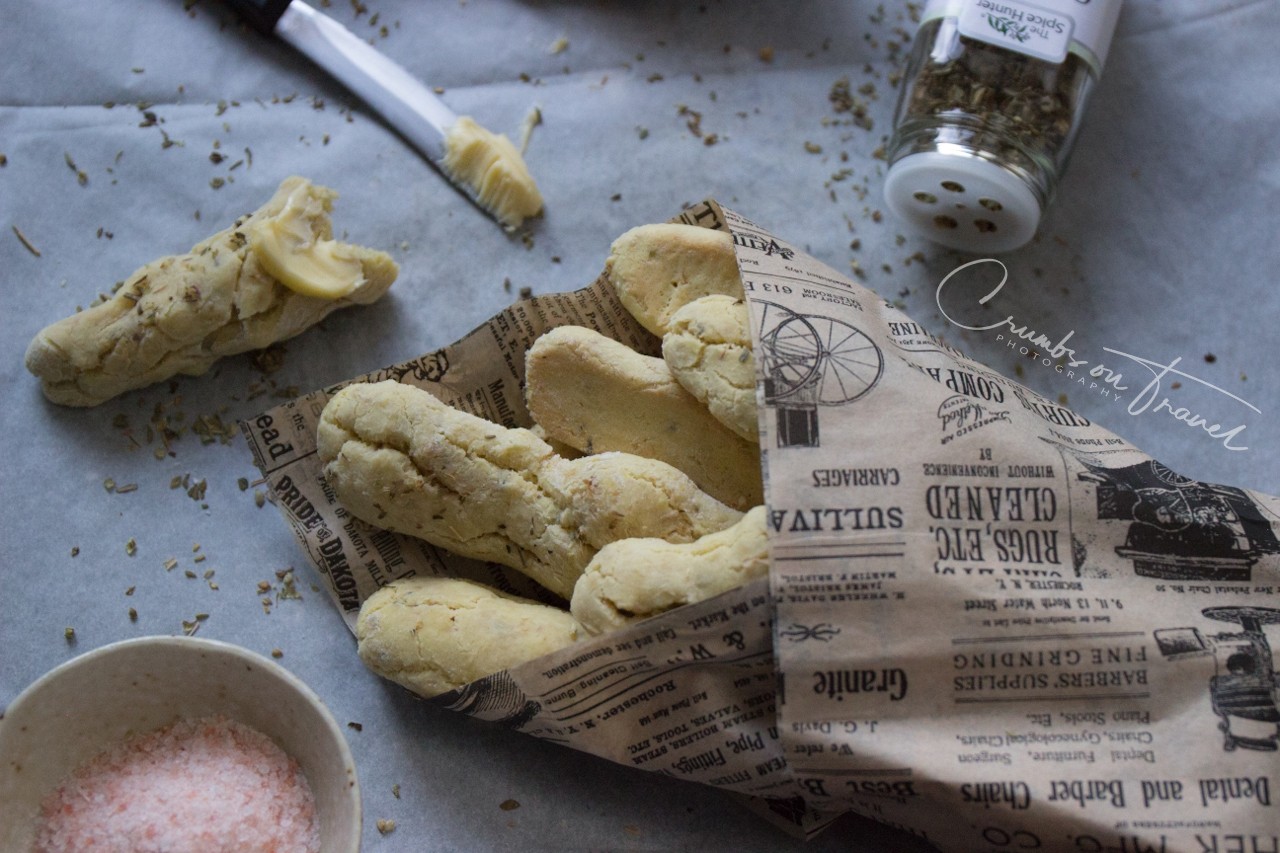

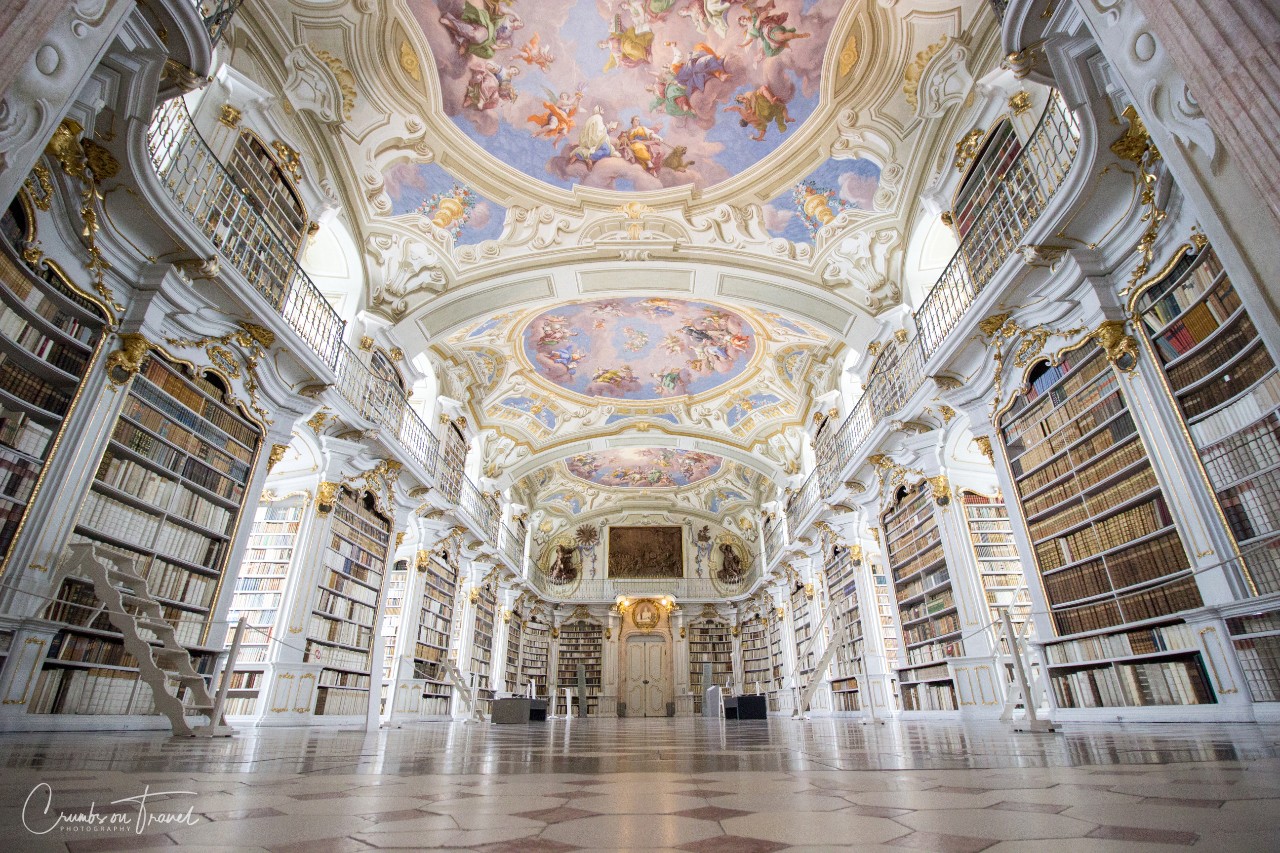
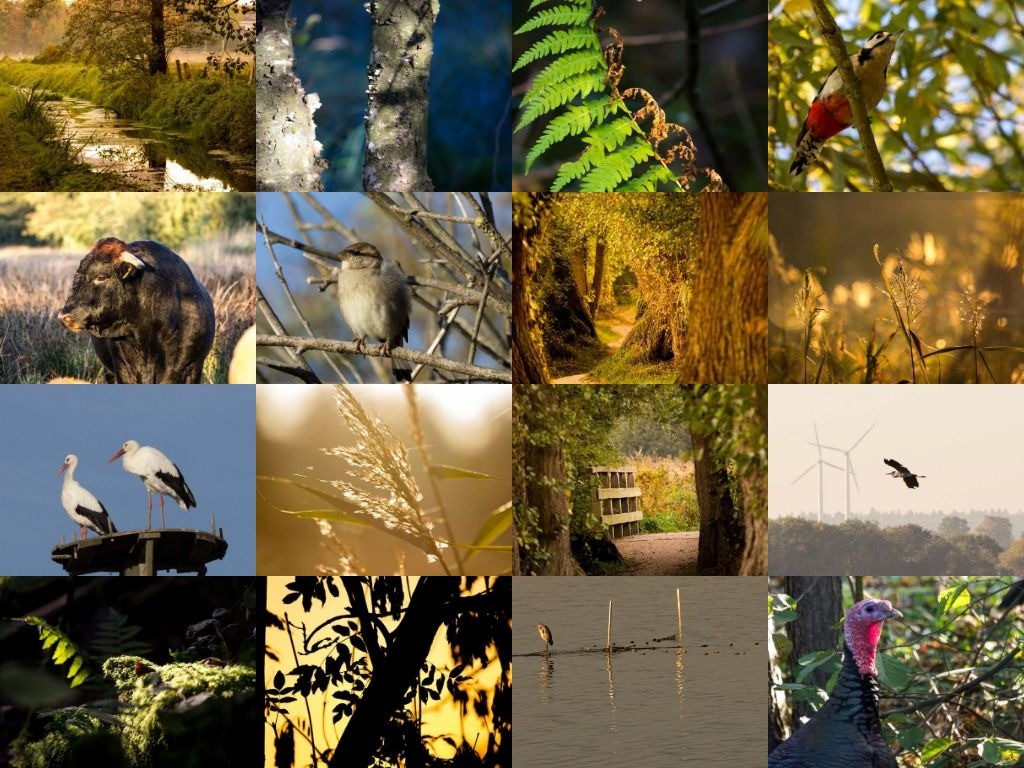
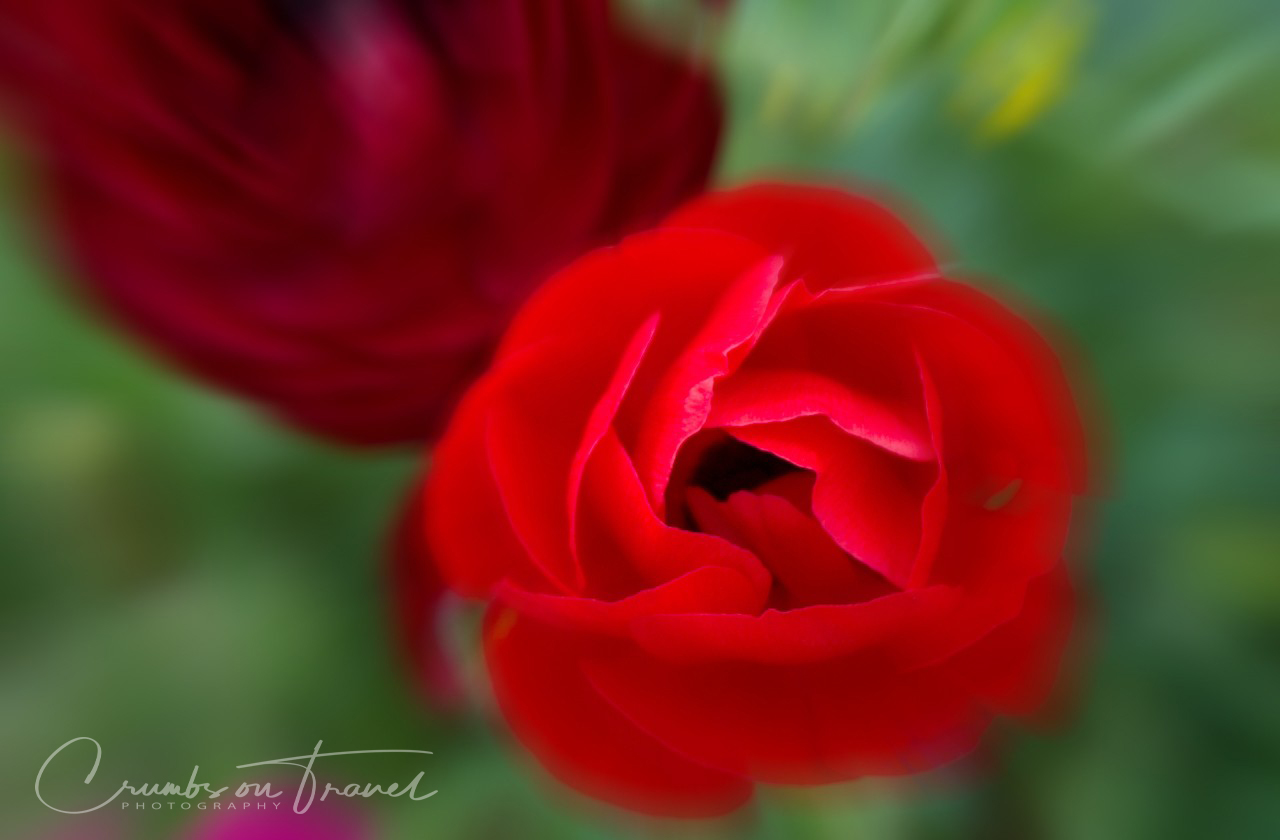
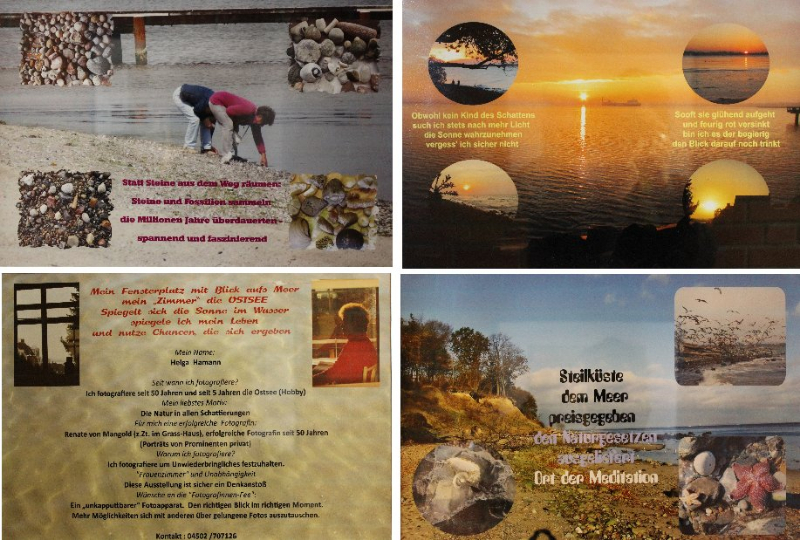
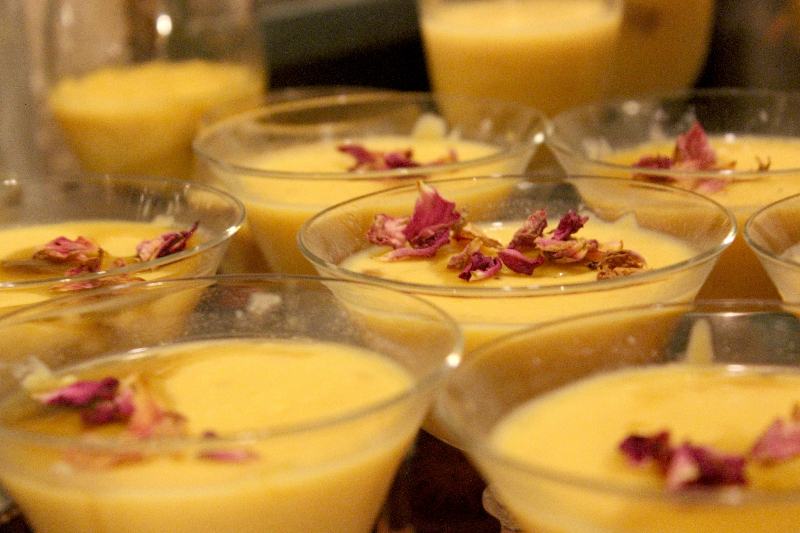
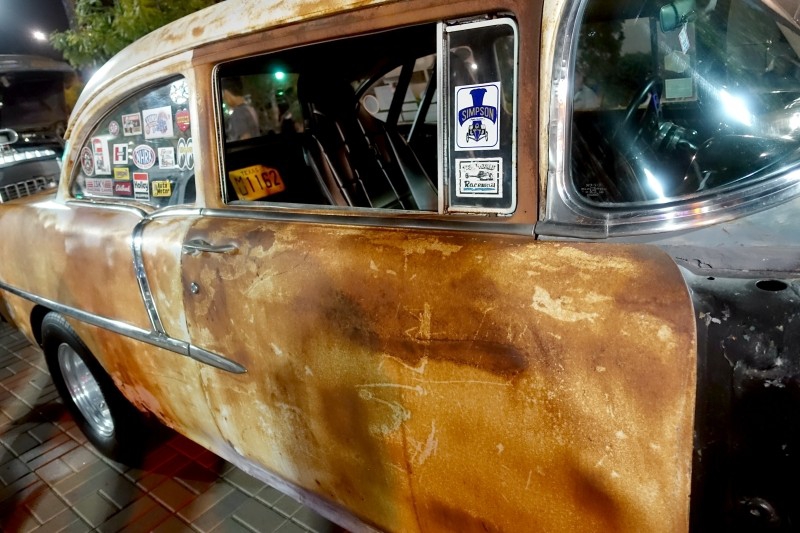

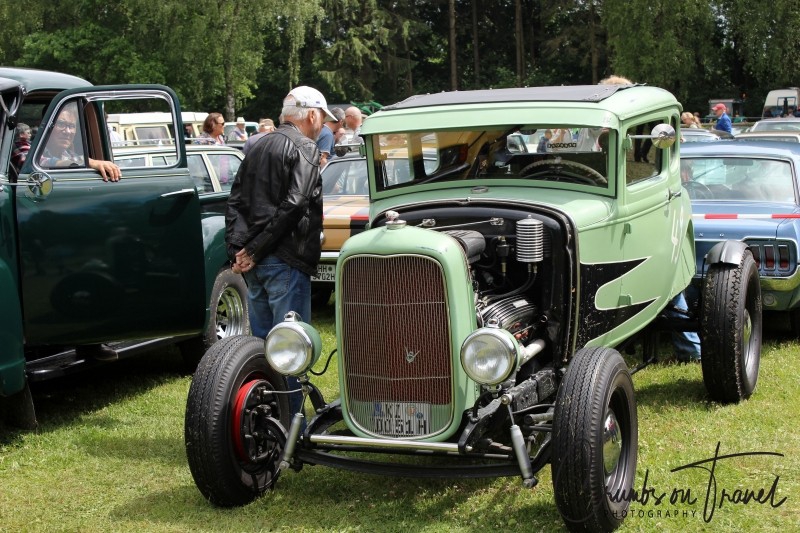
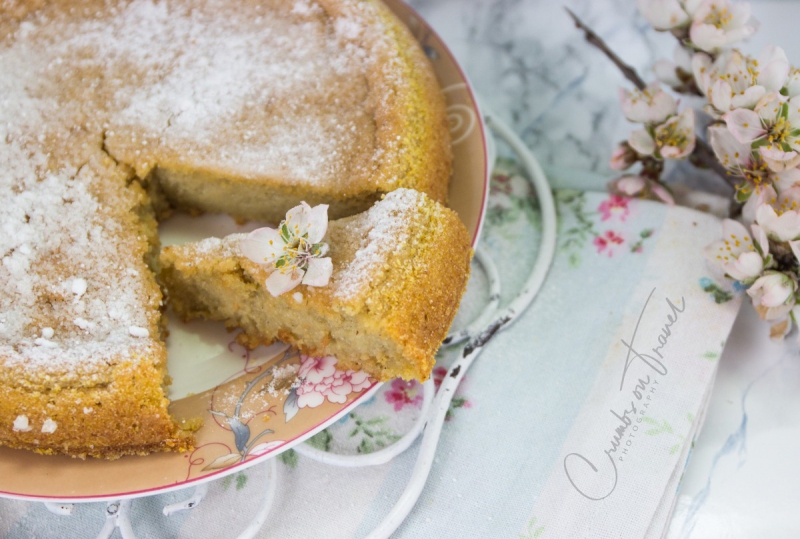
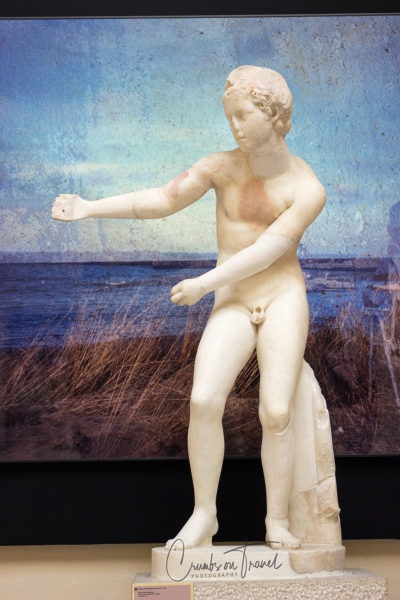

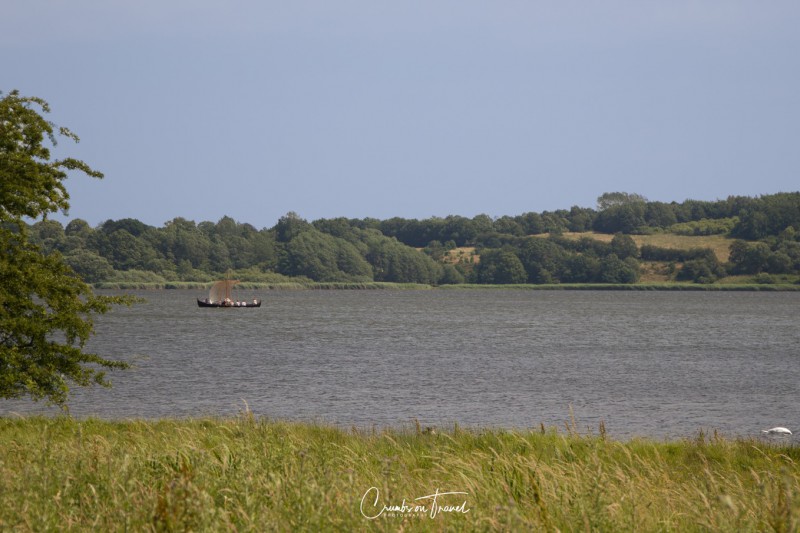

Agree. Definitely a place worth seeing. 🙂